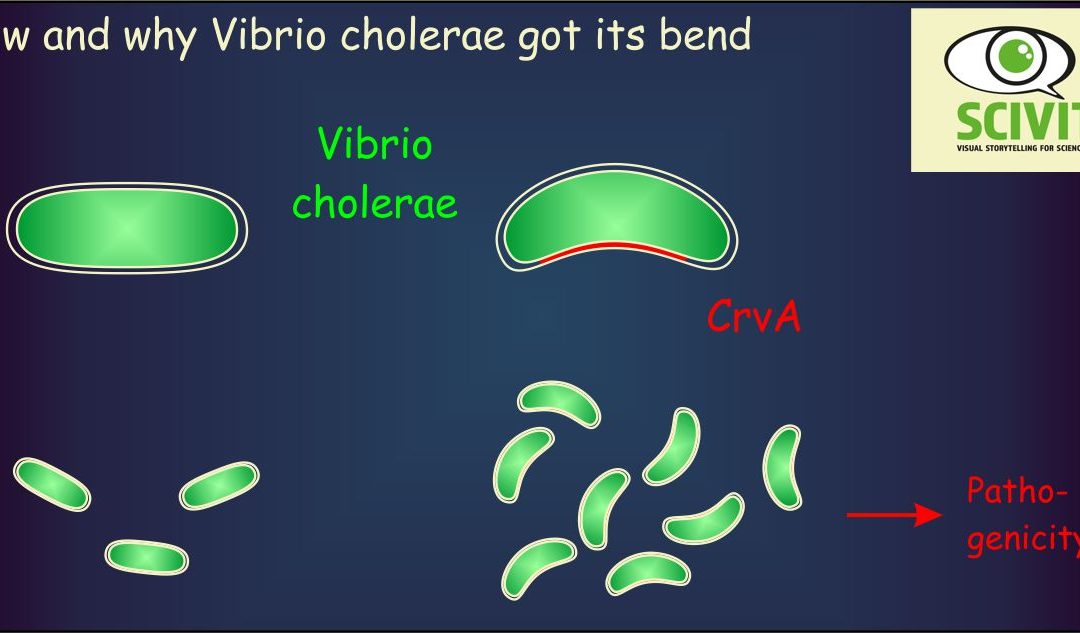
von Thomas Fester | März 2, 2017 | Biochemistry, Molecular Cytology, Molecular Medicine, News
The curves of Vibrio cholerae Vibrio cholerae, the causative agent of cholera has a characteristic curved shape. How is this shape achieved and what is it good for? To answer this question Bartlett and colleagues looked for mutant strains unable to form curved rods....
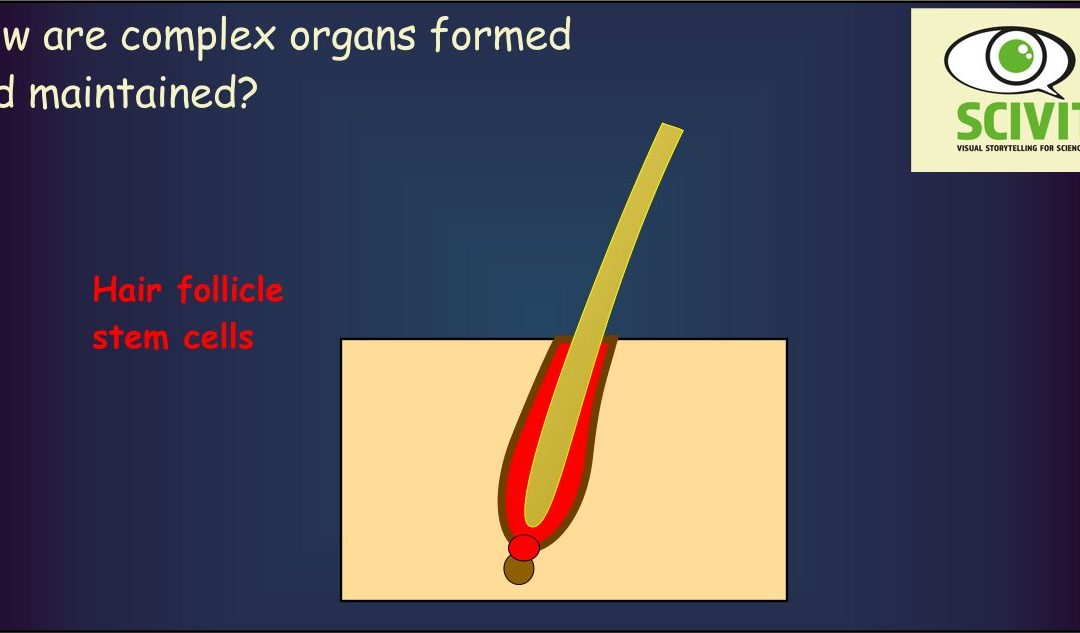
von Thomas Fester | Feb. 4, 2017 | Molecular Cytology, Molecular Medicine, News
Stem cells are crucial for organ formation and maintenance Complex organs, like the liver or our stomach are formed and maintained by so-called stem cells; cells which may repeatedly divide and with progeny being able to differentiate into the final cell type needed...
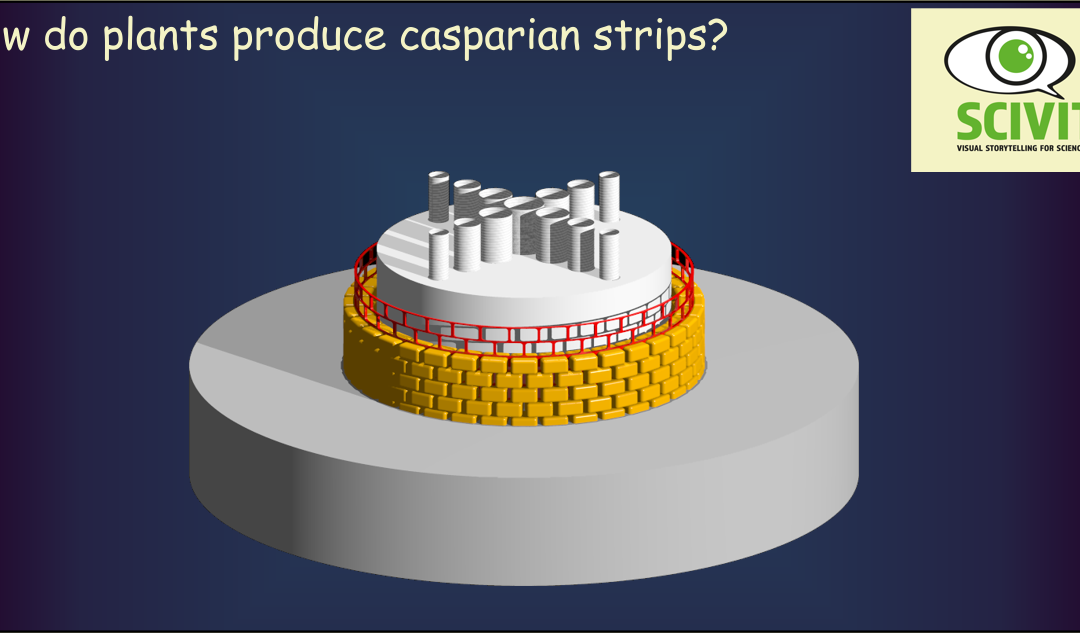
von Thomas Fester | Feb. 3, 2017 | Biochemistry, Molecular Cytology, News
Importance of the endodermis in root transport processes The outer, absorptive and metabolic part of a root is separated from its central transportation unit (the central cylinder) by a tight border: the endodermis. This layer of cells has wax-like substances embedded...
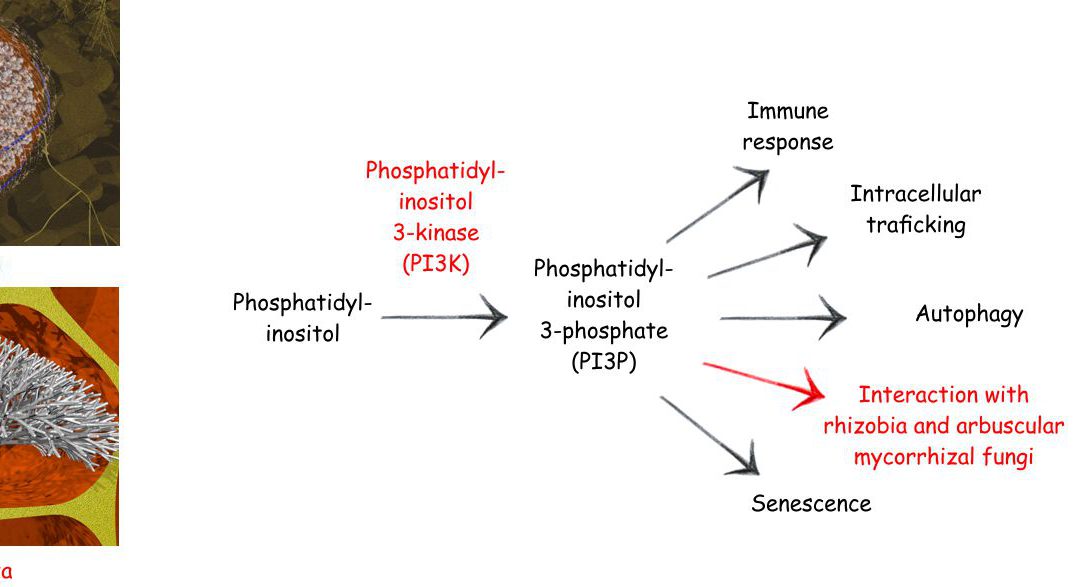
von Thomas Fester | Dez. 10, 2016 | Molecular Cytology, News, Soil Biology
How can plant mutualistic symbionts enter their hosts? Microorganisms may be very harmful to plants. There are; however, beneficial microbes as well, with rhizobia and arbuscular mycorrhiza fungi as best-known examples. Both groups of organisms engage in very...
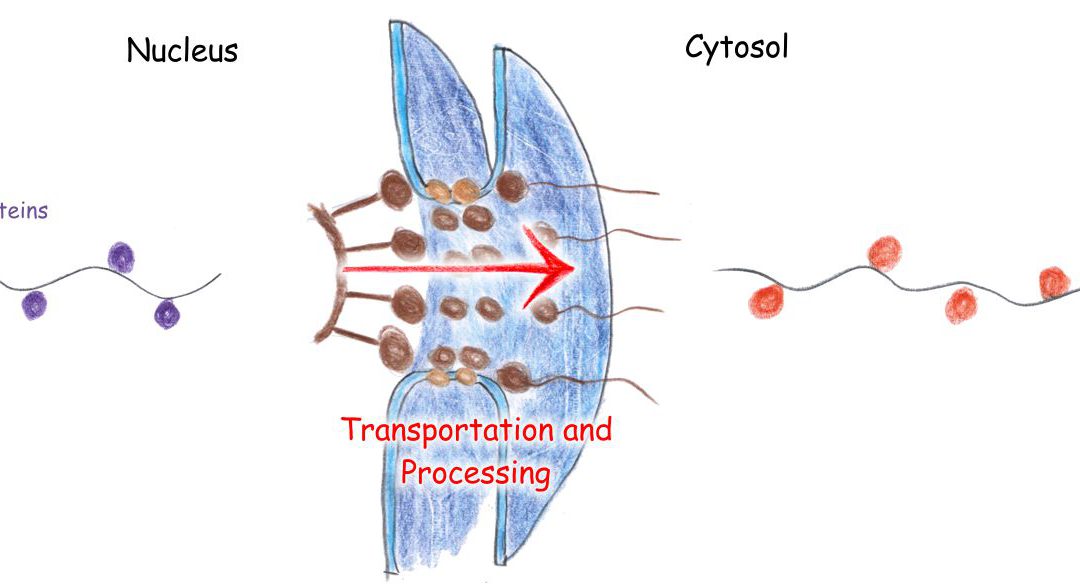
von Thomas Fester | Dez. 9, 2016 | Molecular Cytology, Molecular Structures, News
Source: Fernandez-Martinez et al., Cell 167, 1215 – 1228 Scivit News – Visual Science More illustrations from Scivit More videos from Scivit Have a video abstract based on this cartoon (300 Euro) ← Previous News Further News...

von Thomas Fester | Nov. 24, 2016 | Biochemistry, Molecular Cytology, Molecular Medicine, Molecular Structures, News
ER-sheets: lost in superresolution microscopy In german language people see things „with new eyes“, when they adopt a new perspective and this is precisely what just happened to the ER. Nixon-Abell and co-workers used a whole array of...







Neueste Kommentare